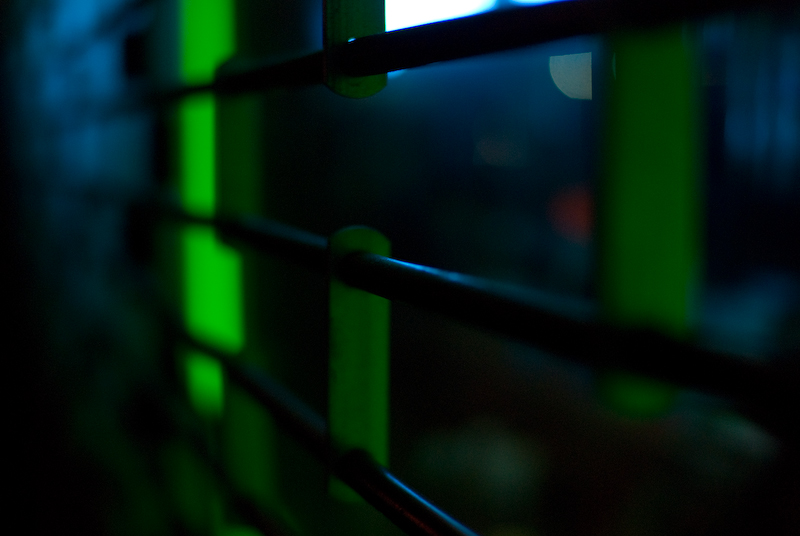|
|
LITR 5731 Seminar in
sample student final exam submission,
Spring |
|
Deanna Scott
May 2, 2010
Essay 2:
Same Word, Different Meaning
People take for granted of the idea that everyone has a better life than
theirs. Often the phrases “the grass is greener on the other side” or “take a
mile in another man’s shoes” come to mind. Each phrase is an example of close
reading and intertextuality. Close reading is literary interpretation, a person
may either accept the written text as it is presented or they will pause,
reread, and think over what they have just read. Intertextuality explains that
even though people read and write one text at a time, the text do not exist
independently of each other but rather in a network of shared words, meanings,
and issues. The novels “The Best Little Boy in the World” by Andrew Tobias,
“Bless Me, Ultima” by Rudolfo Anaya, “Love Medicine” by Louise Erdrich, and
“Black Elk Speaks” by John G. Neihardt exemplify close reading and
intertextuality of similar issues and ideas but imply a different message to the
reader.
Ordinarily, the term cowboy inspires the idea of tough and rugged men living on
the land, driving cattle, gun slingers, living wild and free in the Old West.
Both “Bless Me, Ultima” and “The Best Little Boy in the World” use the term
cowboy but with different implied results. Following a close reading,
Gabriel Márez,
the father, from “Bless Me, Ultima” was previously a cowboy, “a vaquero
all his life” who loved the free lands of the llano and lived the life of “the
coarse men who lived half their lifetimes on horseback,” (Anaya p.2). Andrew of
“The Best Little Boy in the World” desired to be a cowboy, a very different
cowboy. “Just to be like the Hardy Boys, two blood brothers, two cowboys,”
(Tobias p. 35). On the surface, both men have the idea of cowboys being men who
are free to travel and do as they please. “Cowboys don’t marry; they just pal
around on the range and whore it up when they came to into town,” (Tobias p.
86). In contrast there are those who share a different belief of the glorifying
cowboy image. “Vaqueros, they call themselves, they are worthless drunks!
Thieves! Always on the move, like gypsies,” (Anaya p. 9). A cowboy’s life is not
the easiest or the most glamorous life. They are simply men who live alone from
civilization for long periods of time. Occasionally they come into civilized
contact, such as women. “The best little cowboys in the world don’t even whore
it up: Look at the Lone Ranger and his faithful Indian companion. Did you ever
see them eyeing pussy on the street?” (Tobias p. 86).
The cowboy is treated as the ultimate symbol of masculinity and freedom. Both
men enjoy the companionship that being a cowboy presumably entitles. For
Gabriel Márez, his
companions were his friends and drinking buddies until he got married. Marriage,
females, anything that is feminine, is a threat to Andrew’s ideal cowboy
fantasy. “Cowboys don’t marry; they just pal around on the range,”. They
leave themselves open to multiple relationships. Andrew, had several
relationships because he only accepted male companionship for short periods of
times. If a cowboy accepts a female companionship instead of male companionship
then a cowboy is no longer free to roam.
Gabriel, “a
vaquero all his life”, married María, a woman who “was not a woman of the llano,
she was the daughter of a farmer,” (Anaya p. 2). In comparison, farmers and
marriage, take root in one spot. “She persuaded my father to leave the llano and
bring her family to the town of


